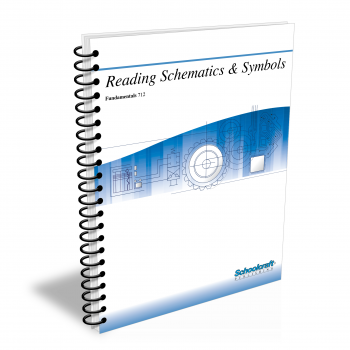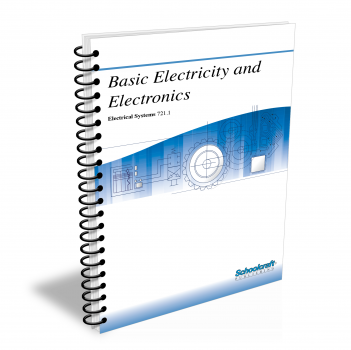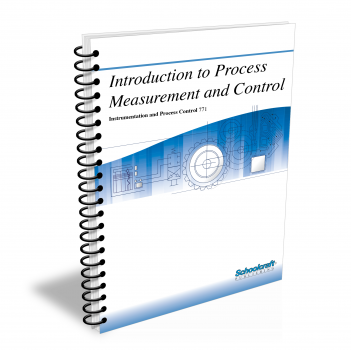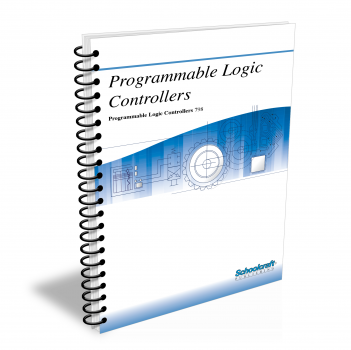Electrical Safety and Protection

Course Number: 725.2
The Electrical Safety and Protection textbook examines electrical hazards and stresses the importance of electrical safety. Covers the equipment and procedures necessary to work safely with electricity, including PPE, lockout/tagout, and first aid. Explains the importance of grounding. Describes many kinds of fuses, circuit breakers, and motor protection devices and their uses.
Does your curriculum require additional topics not included in this textbook? Build a customized version of the Electrical Safety and Protection textbook below.
This textbook has been recently updated
to include topics lists, objectives, & key terms for every chapter.
Recommended Contact Hours – 11
Preview a Chapter
Available Supporting Material
- Table of Contents
- Exam Copies
- Suggested Titles
Table of Contents
Chapter 1: Electrical Hazards
Topics: Electrical safety, shock, arc; Hazardous electrical locations
Learning Objectives:
- List the three main factors that determine the effect of electric current on the human body.
- Explain what to do if a person is a victim of electric shock.
- Name four precautions you can take to guard against electric shock.
- Define the term qualified person.
- Summarize the basic rules of electrical safety.
Chapter 2: Electrical Safety Equipment
Topics: Work clothes; PPE; Foot, head, eye, and face protection; Gloves; Respiratory protection; Lockout devices; Voltage testers
Learning Objectives:
- Describe appropriate clothing and PPE to wear when working with electricity.
- Explain first aid procedures for eyes.
- Describe the devices used to lock out power.
- Tell how to keep plant personnel out of an area where electrical work is being performed.
- Explain the purpose of a voltage tester.
Chapter 3: Electrical Safety Procedures
Topics: Energy control; Lockout/tagout procedures; Using power tools safely; Power tool safety rules; Recognizing electric shock victims; First aid for shock victims
Learning Objectives:
- Explain the concepts of energy control and zero energy state.
- Summarize the OSHA lockout procedure.
- Explain how portable power tools are grounded.
- List some common symptoms of electric shock.
- Summarize the steps involved in administering CPR.
Chapter 4: The National Electric Code
Topics: Overview of the NEC; Chapter 1: General NEC; Chapter 2: Wiring and Protection; Chapter 3: Wiring Methods and Materials; Chapter 4: Equipment for General Use; Chapter 5: Special Occupancies; Chapter 6: Special Equipment; Chapter 7: Special Conditions; Chapter 8: Communications Systems; Chapter 9: Tables; Annexes
Learning Objectives:
- Understand the purpose and scope of the National Electrical Code.
- Define key terms related to the National Electrical Code.
- Determine requirements for electrical installations.
- Locate and reference common National Electrical Code articles.
- Identify common calculation tables.
Chapter 5: Grounding, Ground Faults, and Short Circuits
Topics: Grounding, Ground Faults, and Short Circuits - Equipment, circuit, and transformer grounding; Effects of impedance; Grounded conductor alarms; Detecting faults automatically; Static electricity
Learning Objectives:
- State the reason why circuits should be grounded.
- Explain how to test a circuit for proper grounding.
- Explain how a ground-fault circuit interrupter works.
- Contrast current electricity and static electricity and explain why each can be hazardous.
- Identify the correct extinguisher to use on flammable liquid fires and on energized electrical equipment fires.
Chapter 6: Fuses and Circuit Breakers
Topics: Purpose of a fuse; Lead-wire, cartridge, power, plug, and glass-tube fuses; Thermal-magnetic and low-voltage power circuit breakers; Circuit breaker tripping
Learning Objectives:
- Explain how a dual-element cartridge fuse works.
- List the NEC rules on installing fuses.
- Explain how a circuit breaker works.
- Describe molded-case circuit breakers.
- Explain the steps involved in fuse replacement and/or circuit breaker reset.
Chapter 7: Motor Protection
Topics: Feeder size; Branch circuits; Motor-running overcurrent protection; Inherent thermal protection; Temperature-sensing devices; Melting-alloy and bimetallic relays; Selecting motor protection; Single phasing; Overload relays
Learning Objectives:
- List the steps in determining the correct rating of the motor feeder protection.
- Explain how to select a thermal overload relay.
- Explain how thermostatic, resistance, and thermocouple detectors work.
- Contrast temperature-sensing devices and current-sensing devices.
- Explain how various relays provide motor protection.
- Define single phasing.
Request Exam Copies
Exam Copies
Ready to see a copy of our textbooks? After selecting which textbooks you’d like to review for your course, you can submit your request by either logging in or creating an account so we know where to ship your exam copies. A representative from Schoolcraft will contact you to confirm and finish processing your request.
Exam copies are always free and yours to keep.
Selected Exam Copies
none selected
* Maximum of five copies can be ordered




